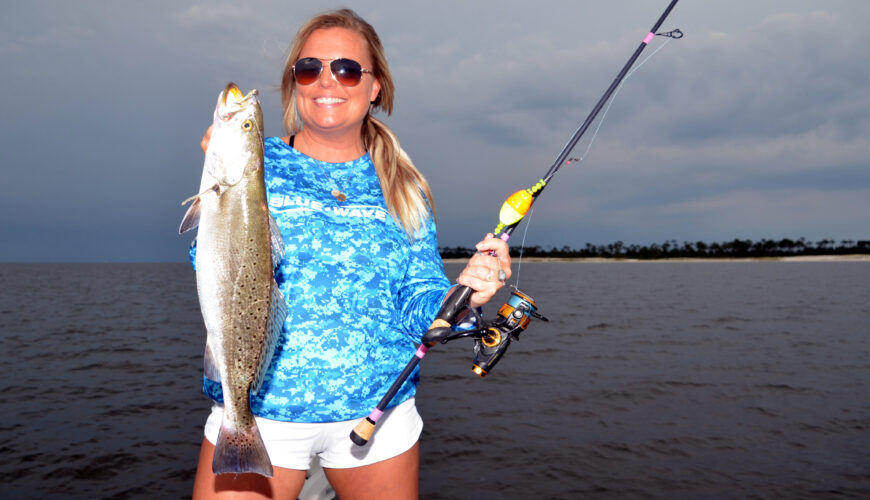Tactics
Squirrel Hunting is a Great Way to Pass on the Hunting Tradition
October 17, 2025 •John N. Felsher
June 6, 2025
The sharp-eyed captain spotted a brown object lurking just beneath a chunk of floating plywood. He circled back, headed a short distance upwind and dropped the engine into neutral.
“Looks like someone’s home today,” quipped Dan Van Treese (850-227-5149, www.perfectcastcharters.com) with Perfect Cast Charters of Port St. Joe, Fla. “Don’t throw right on top of it. That might spook the fish. Cast upwind of it and let the current carry the cork toward the wood.”
As instructed, the angler tossed a popping-cork rig baited with a live shrimp at extreme range so it landed about 10 feet upwind. Without flipping the bail on the spinning rod, the angler stripped line from the reel and used the rod tip to guide the cork past the floating object.
When the cork drifted close enough, the angler snapped the bail and popped the cork. It never resurfaced! Milliseconds later, line began ripping from the screeching reel until the angler could subdue the beast so the captain could net the 25-pound tripletail.
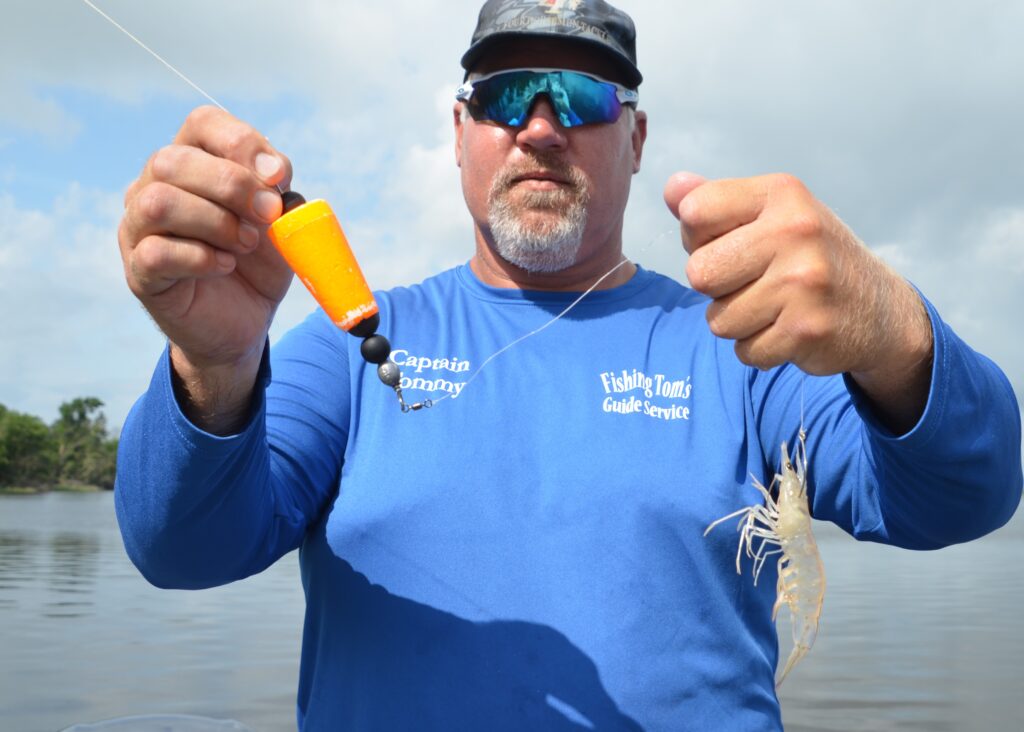
For decades, people have used popping corks to catch everything from bluegills to tarpon. John Felsher Photo
For decades, people used popping corks to catch everything from bluegills to tarpon. Primarily used to entice speckled trout and redfish, they also work effectively for many other species.
“I use a popping cork all year long,” advised Bobby Abruscato of A-Team Fishing Adventures (251-661-7696, www.ateamfishing.com) in Mobile, Ala. “I call it my ‘in case of emergency break glass’ rig because it will work when nothing else does. It’s great for trout numbers.”
A popping-cork rig essentially consists of a float holding up a bait. Some corks somewhat resemble old topwater poppers. When jerked, the cork pops the water, simulating a fish striking prey on the surface. Other corks take a more traditional round or oblong shape. Some slide up and down on a wire to create more commotion.
“All of my corks have cup-shaped tops,” Abruscato explained. “That top makes a sound more like a trout striking bait, almost like a topwater popper. That brings fish in closer. Then, they spot the bait or smell it if it’s natural and grab it.”
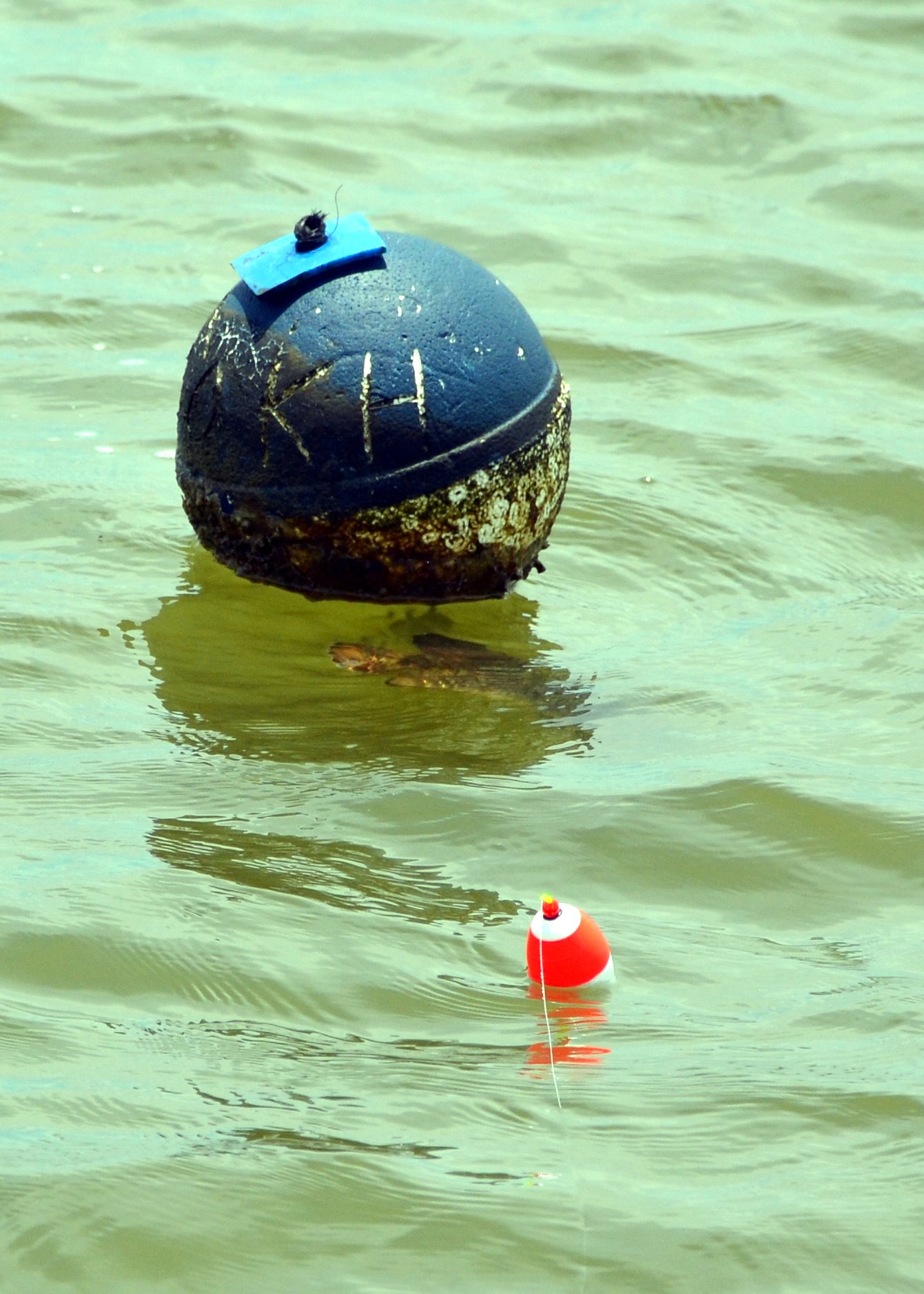
A popping-cork rig essentially consists of a float holding up a bait. John Felsher Photo
Anglers can fish unlimited live, fresh or artificial temptations under a cork. For saltwater action, most people use live shrimp. Everything eats a shrimp. Hook a shrimp under the horn. Carefully avoid hitting the black spot in its head, which could kill it.
Many anglers also throw soft-plastic shrimp imitations, such as Vudu, Gulp! or D.O.A. or numerous similar enticements. Anglers can also use live minnows, menhaden, small mullets, croakers, cut fish, dead shrimp, crabs, crab pieces and countless other natural baits depending upon the species they want to catch. Various artificials, such as plastic minnows, jigs and flies, also work.
“I use both live and artificial baits on popping-cork rigs,” Abruscato detailed. “I typically use artificials until the summer when natural baits become much more plentiful for fish to eat. That’s when I’ll switch to natural baits like live shrimp. For artificial baits, I prefer Gulp! Shrimp in new penny color. I also like Vudu Baby Shrimp. With any of those baits, someone can catch just about anything in salt water under a cork.”
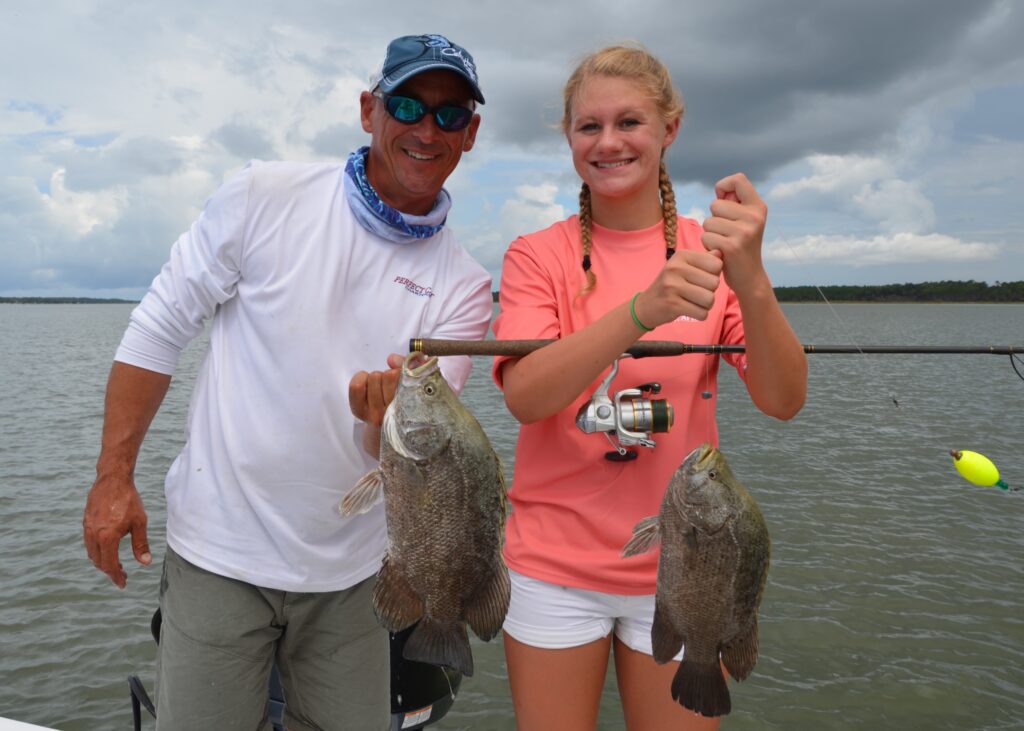
When fishing a popping cork, let the float sit a few moments after hitting the water. Then, jerk the rod to make the cork pop the surface. John Felsher Photo
When fishing a popping cork, let the float sit a few moments after hitting the water. Then, jerk the rod to make the cork pop the surface. Periodically repeat. When frightened, live shrimp naturally flick their tails to escape predators and rise to the surface. When an angler pops a cork, a plastic shrimp flies upward the same way and then slowly sinks. Fish hear the noise, think one of their cousins took a shot at something delicious, then see the bait sinking. They rush to snatch the morsel before another fish eats it.
“A popping-cork rig is a great way to locate feeding trout because it can cover so much water,” recommended Mike Gallo of Angling Adventures of Louisiana, (985-781-7811, www.AAofLA.com) in Slidell, La. “When fish scatter, a popping cork is very effective. I use popping corks to catch redfish with live shrimp or Matrix Shad. I pop my cork every 10 to 15 seconds. Every so often, I’ll pop it twice and then wait 10 to 15 seconds to pop it again.”
Popping corks work most effectively in shallow water or around schooling fish feeding on or near the surface. Points make excellent places to fish corks for redfish, flounder and trout. Toss the rig so that prevailing winds or tidal flow carry the cork along the shoreline or across the point. Anglers can also drift corks over reefs and wrecks or next to vertical structures such as bridge, dock or platform pilings.
When fishing a marsh or estuary, look or small ditches draining ponds. During a falling tide, dropping water levels force minnows, shrimp and other prey to leave their cover and move to deeper channels. Predators frequently lurk at the drain mouths watching the flow waiting to ambush anything coming down with the tide. Fling a rig baited with a live shrimp, minnow or other offering as far upstream as possible. Let the current carry it naturally downstream. Occasionally pop it.
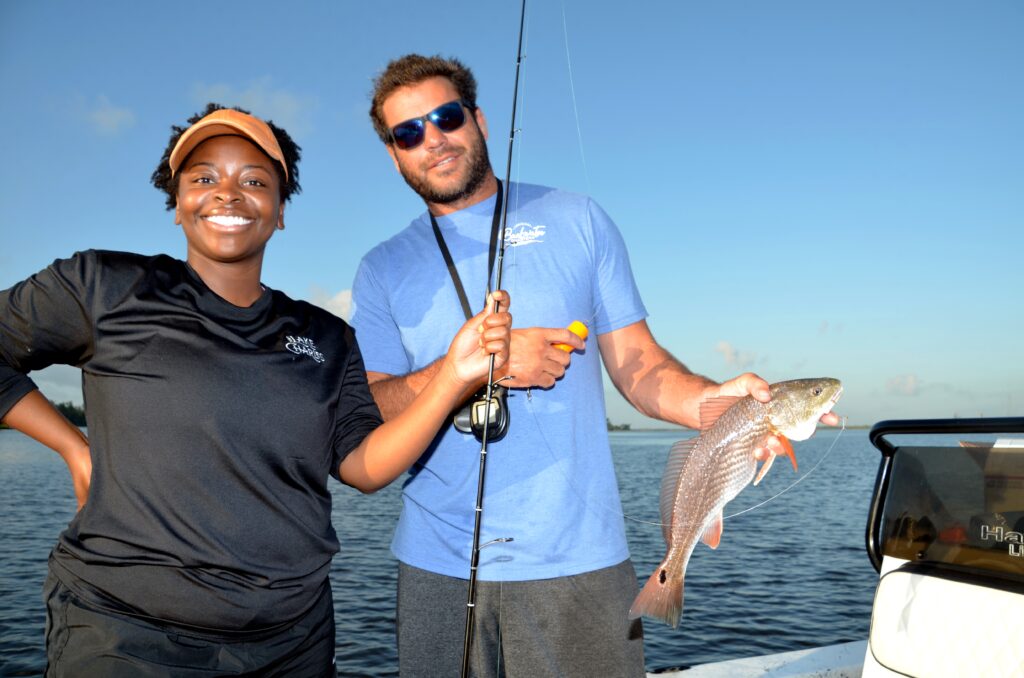
Most anglers throw popping corks in salt water, but people can catch crappie, bluegills and even largemouth bass or stripers with the same methods. John Felsher Photo
Most anglers throw popping corks in salt water, but people can catch crappie, bluegills and even largemouth bass or stripers with the same methods. For bluegills and crappie, dangle a light hair fly or jig under a cork. In coastal areas, bass readily devour shrimp. In many coastal areas, anglers can catch several fresh and salty species on consecutive casts.
Several companies sell pre-rigged popping cork packages. Anglers could simply attach a float to the line about 18 to 36 inches above a hook, depending upon the water depth. Tie on a swivel and attach a length of fluorocarbon leader to it. For more casting heft, add a split-shot to the leader.
Among the oldest, simplest and still most effective techniques, popping corks can put fish in the boat quickly in the right spot. Depending upon the bait, an angler might catch several species.
 John N. Felsher is a professional writer, broadcaster, photographer, editor and consultant. An avid sportsman, he’s written more than 4,000 articles for more than 176 different magazines on a wide variety of outdoors topics. He also hosts an outdoors tips show for WAVH FM Talk 106.5 radio station in Mobile, Ala. Contact him at j.felsher@hotmail.com or through Facebook.
John N. Felsher is a professional writer, broadcaster, photographer, editor and consultant. An avid sportsman, he’s written more than 4,000 articles for more than 176 different magazines on a wide variety of outdoors topics. He also hosts an outdoors tips show for WAVH FM Talk 106.5 radio station in Mobile, Ala. Contact him at j.felsher@hotmail.com or through Facebook.
